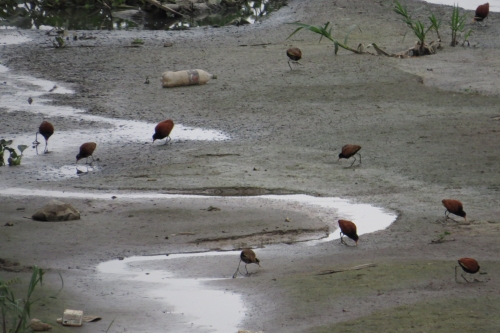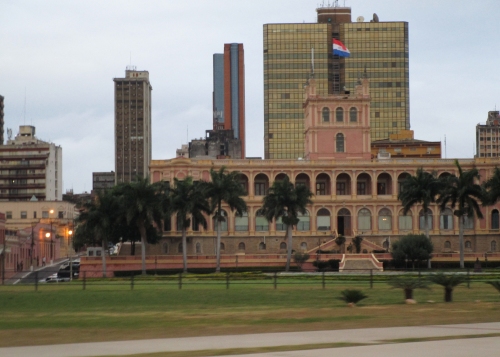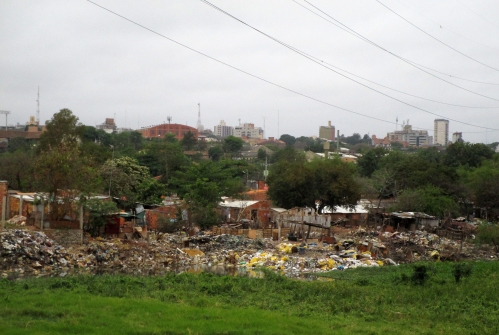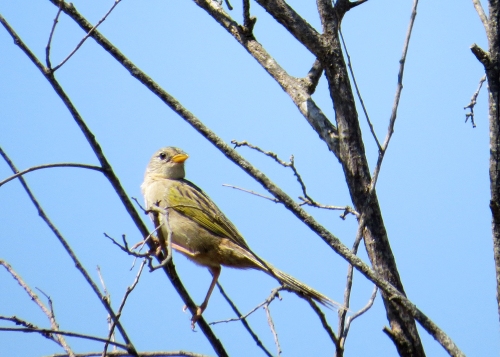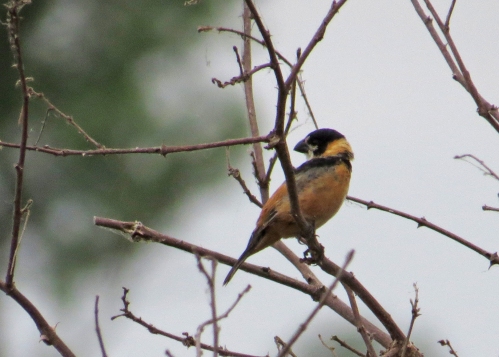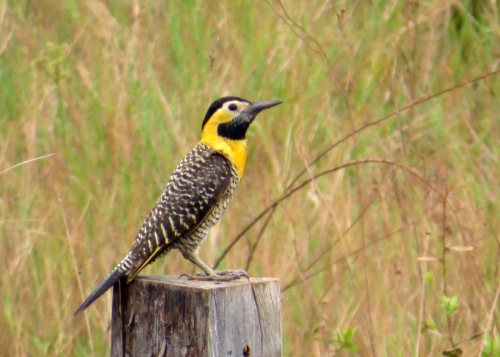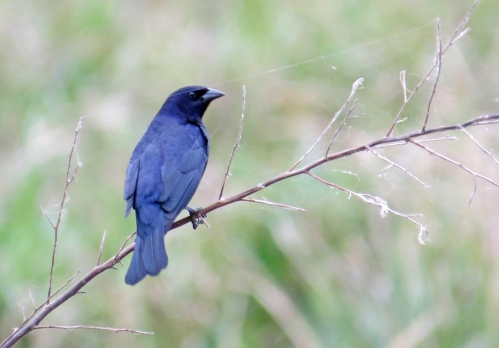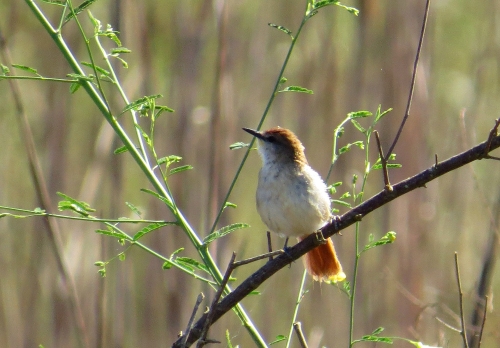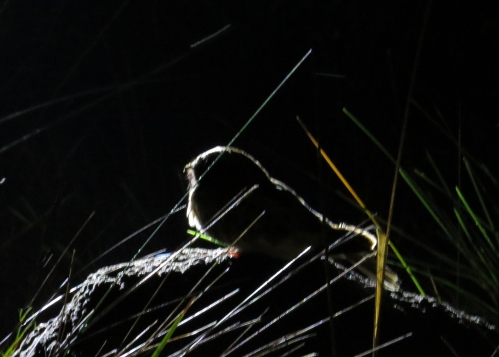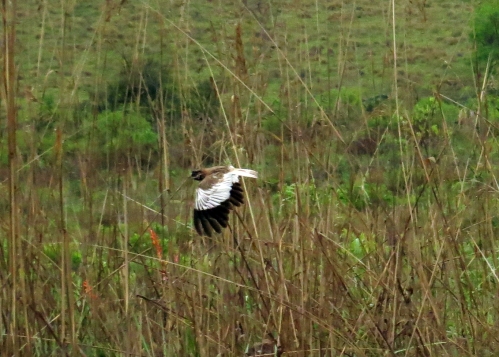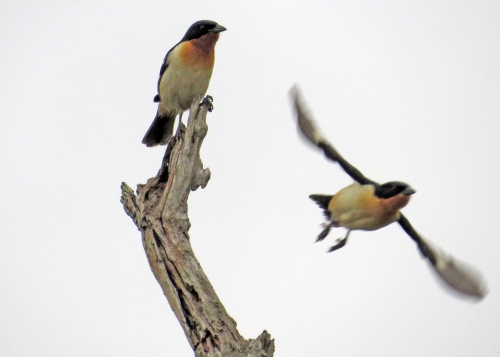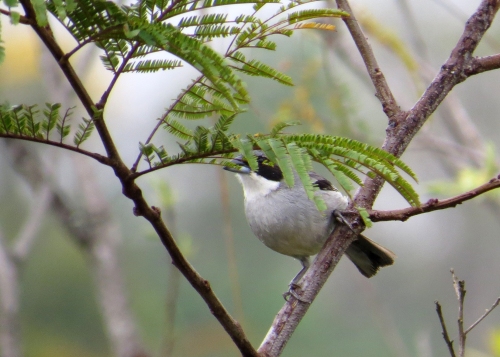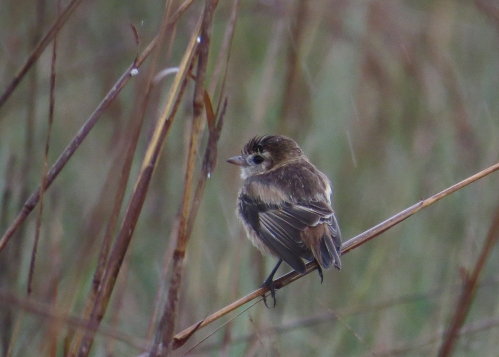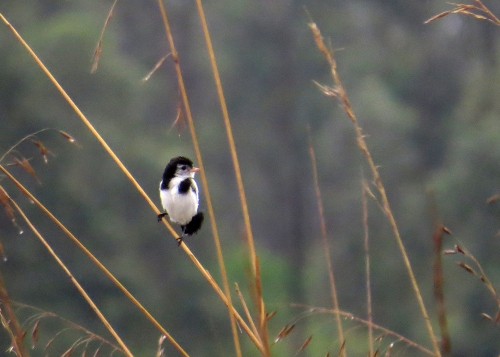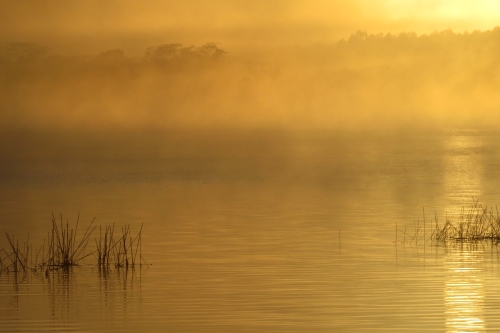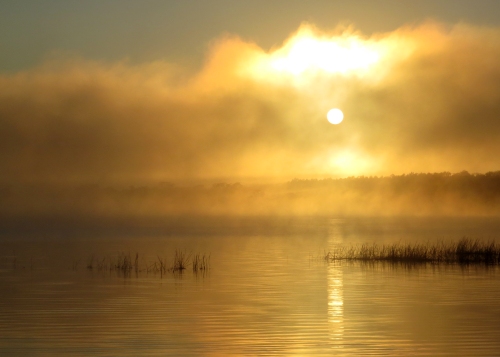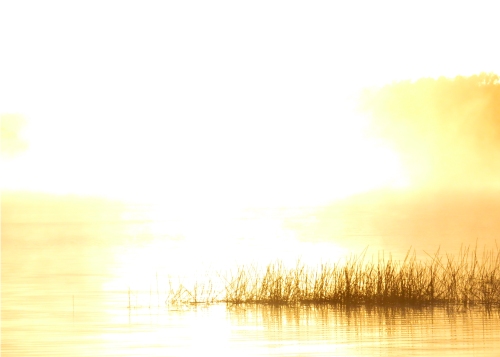This post covers the drive from Asunción to Laguna Blanca and Laguna Blanca and surrounding areas and will be the second of three posts on this wonderful country.
Progress with uploading these photos has been slow, partially due to my continued efforts to get as much autumn ringing at Durlston in as possible, preparing slide shows for various societies, but mainly due to a computer error (that I still can’t fathom out) leading me to lose several hundred edited photos from the Paraguay trip. Fortunately I still had the originals but re-editing them has taken ages.
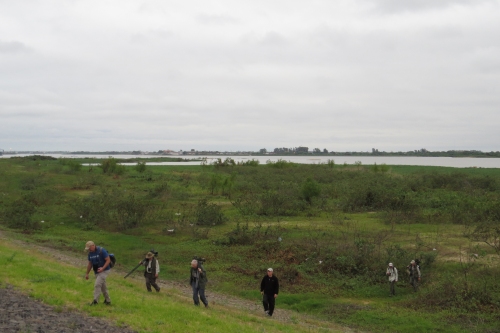
After the very hot and sunny conditions in the Chaco we encountered dull conditions and a 20c degree drop in temperature for the next few days. Before we left the capital we made a short visit to an area known as ‘the bay’ a marsh on the banks of the Paraguay river, unfortunately the best areas for migrant waders and other interesting birds have been destroyed by road building.
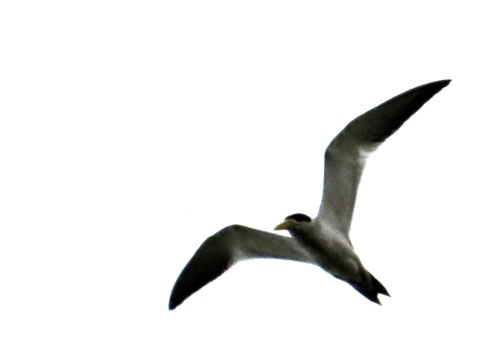
There weren’t that many highlights at ‘the bay’ but we had good views of Large-billed Terns, a species I refer to as ‘Sabine’s Terns’ due to the striking resemblance of their upper-wing pattern to the enigmatic high-arctic gull.
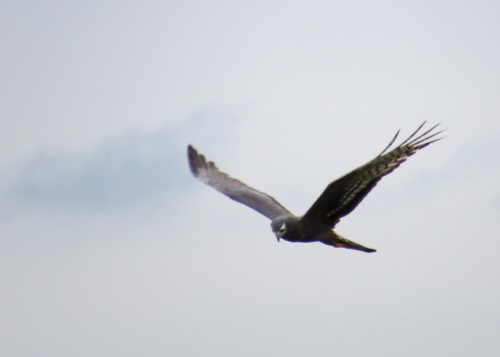
We stopped on route at a number of marshy areas, seeing a number of excellent species such as this Long-winged Harrier.
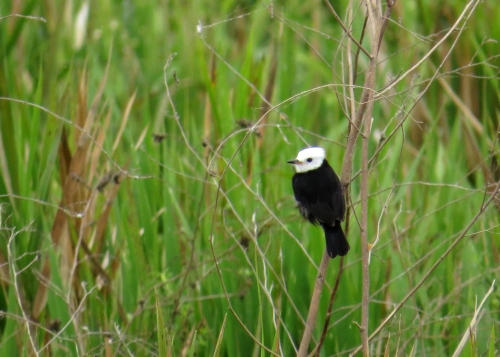
White-headed Marsh Tyrant was a welcome addition to the trip list but one I had seen many times before ….
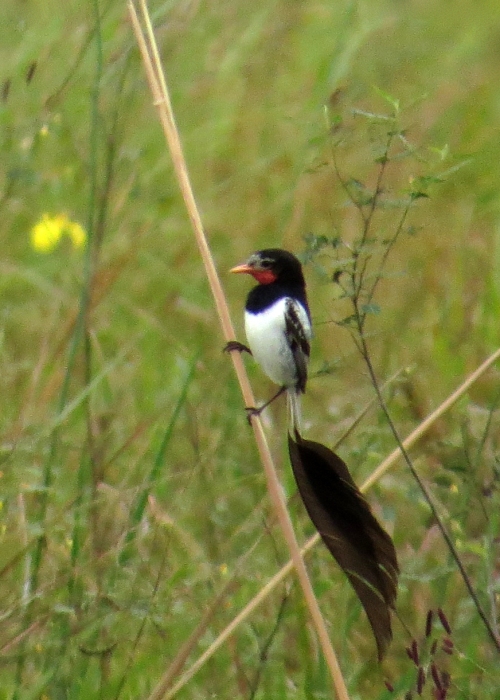
But the most exciting moment was seeing the wonderful Strange-tailed Tyrant, one of the main reasons for visiting Paraguay.

…. and an amazing pair of displaying Streamer-tailed Tyrants, at 40cm in length, probably the largest of all the tyrant-flycatchers.

In the mid afternoon we made it to our accommodation at Laguna Blanca, which consisted was a series of fairly basic rooms with bunk beds by the lake shore, but with the toilets and showers 100m away. It was wet for much of our time here so this ment putting on wet clothes/boots for a nocturnal visit to the loo.
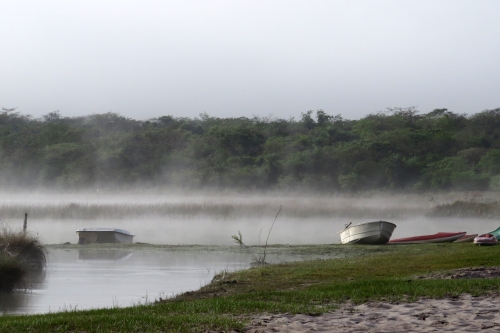
The lakeshore was very attractive ….
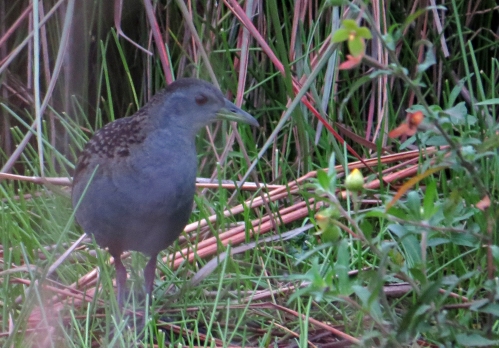
…. and we had just enough time before dusk to obtain good views of an Ashy-throated Crake.
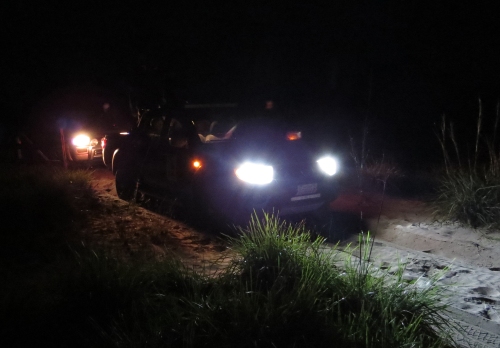
However it was our nocturnal wanderings that was the highlight of our time at Laguna Blanca, indeed the highlight of the entire trip.
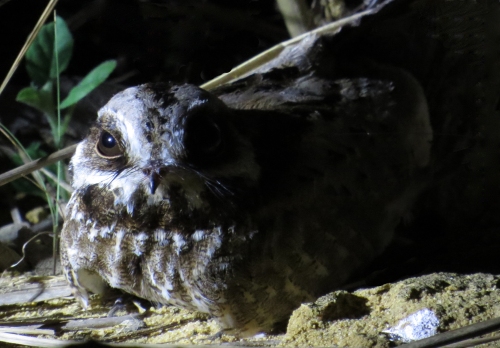
We were able to move into a position where we could all see it well without flushing it, this one turned out to be a female. Know only from a three sites in Brazil, two in Paraguay and one in Bolivia, this is a highly range restricted and endangered bird.
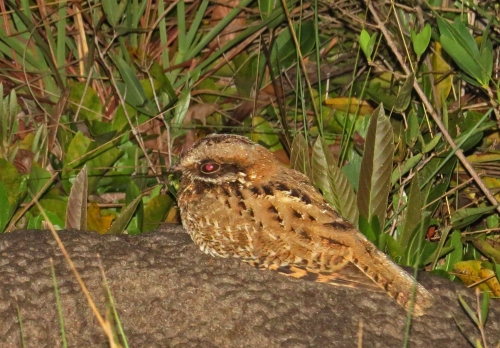
Flash photography revealed the details of its plumage, but females don’t have the eponymous white wings so the search for a male continued.
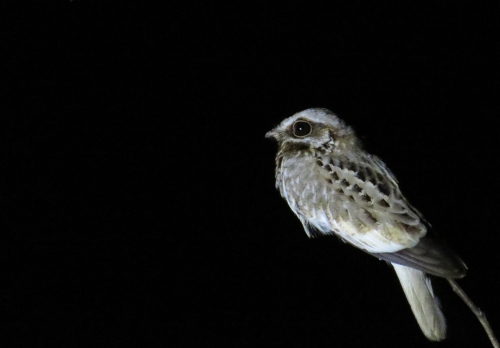
Eventually we saw a male in display flight, fluttering around to reveal its white wings and deliberately landing heavily on the ground with a thump. No photos were obtained in flight, but we did get this cracking view of it on a branch. This bird, above all else was the reason I came to Paraguay.
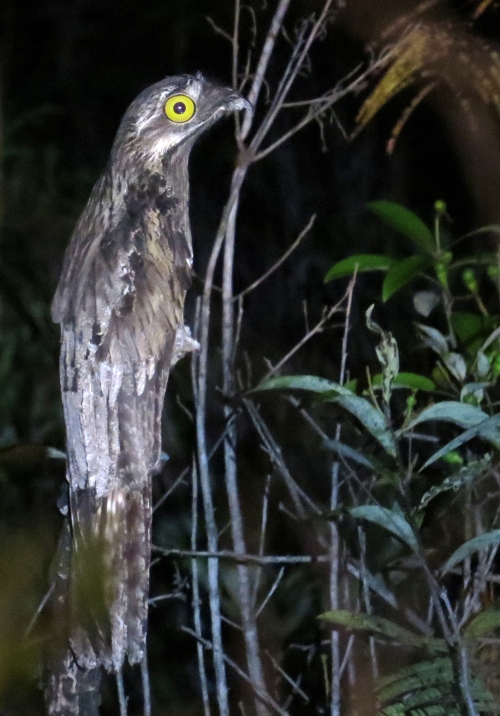
On the way back we came across another stunning nightbird, the bizarre, although widespread, Common Potoo.
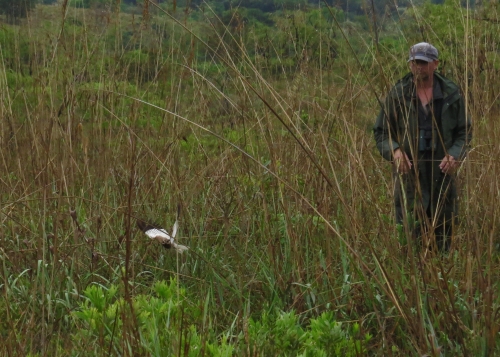
The following day was wet, windy and rather cool. We went out looking for goodies like Cock-tailed Tyrant and as we wandered through the wet cerrado Richard accidentally flushed this male White-winged Nightjar.
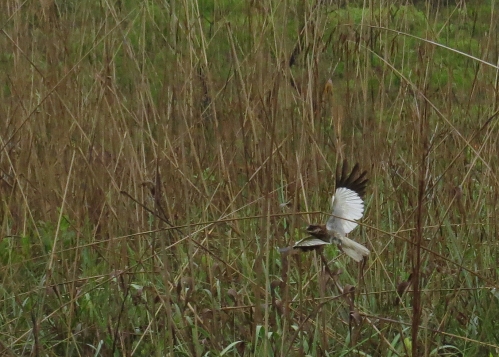
…. and below. It seemed at the time that this would be the undoubted ‘bird of the trip’ for me but there was another encounter right at the end of the trip that would push it into second place. More of that later.

Much of the afternoon was given over to searching for tinamous with varying degrees of luck. As darkness fell breaks in the cloud appeared ….
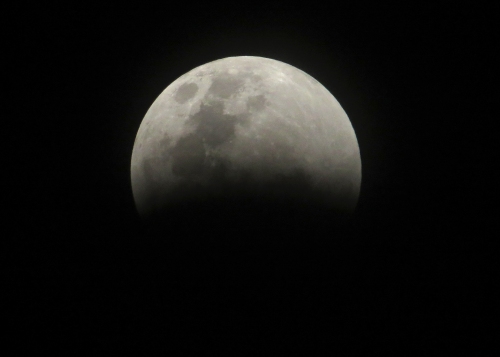
…. which was good news as there was an eclipse of the Moon that night. As usual we had an early start so I didn’t stay up to see the Moon fully covered by the Earth’s shadow and anyway as the photos were hand-held, I probably wouldn’t be able to take photos at totality anyway.
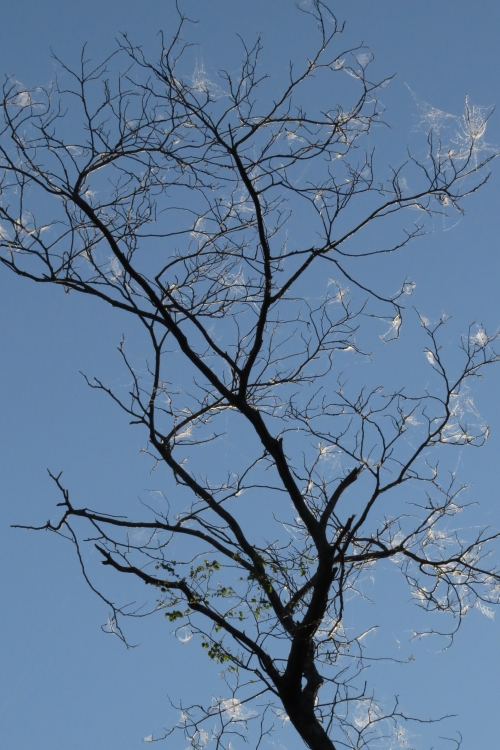
So that was our time at Laguna Blanca over. Unfortunately this marvelous area with its fascinating wildlife is under threat. The reserve is leased by the conservation organisation Para la Tierra but the owner’s plan to sell. Although Para la Tierra has first option to buy they will be competing against rich cattle ranchers and soy farmers. A recent competition which secured EU funding to the winning applicant failed by a narrow margin. Unless external funding can become available this precious site could be lost forever.
